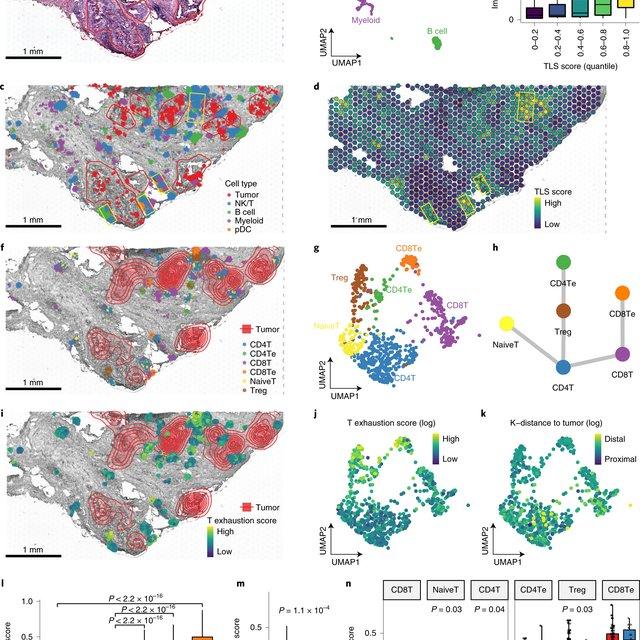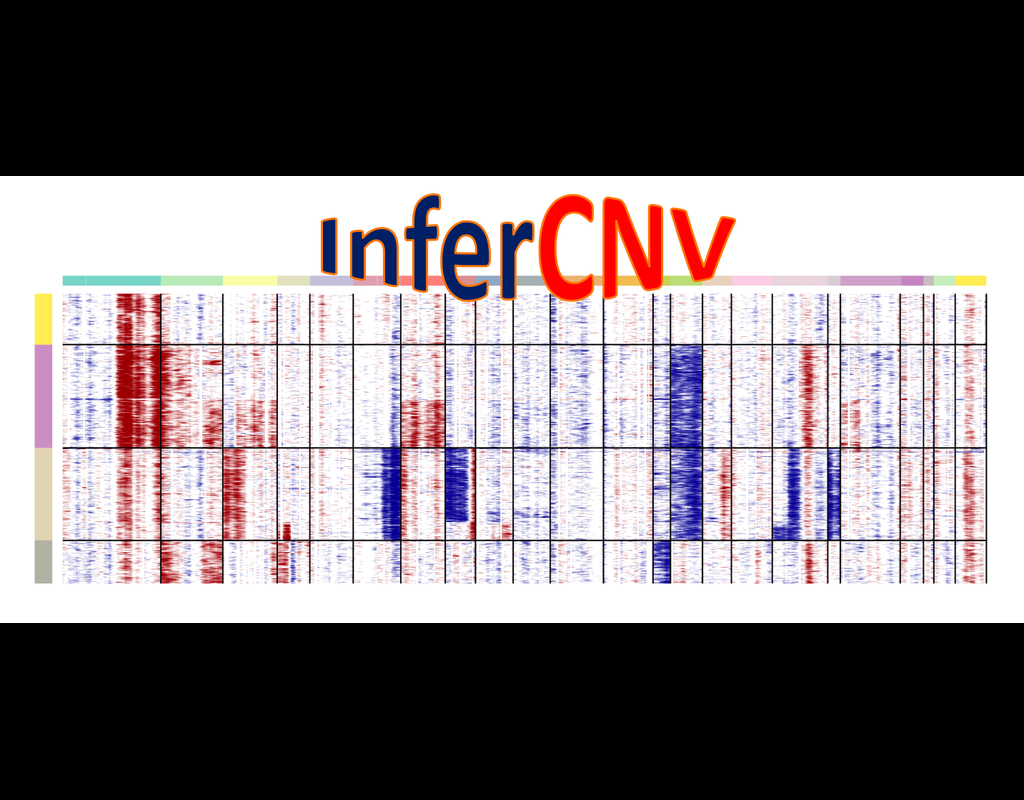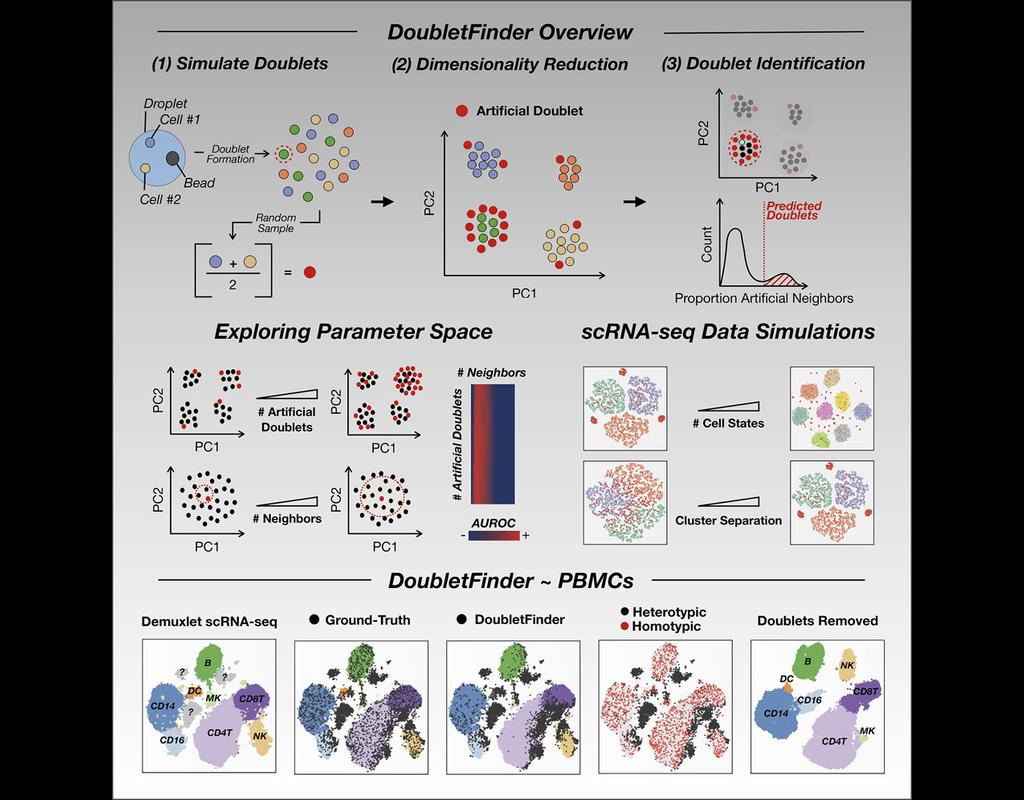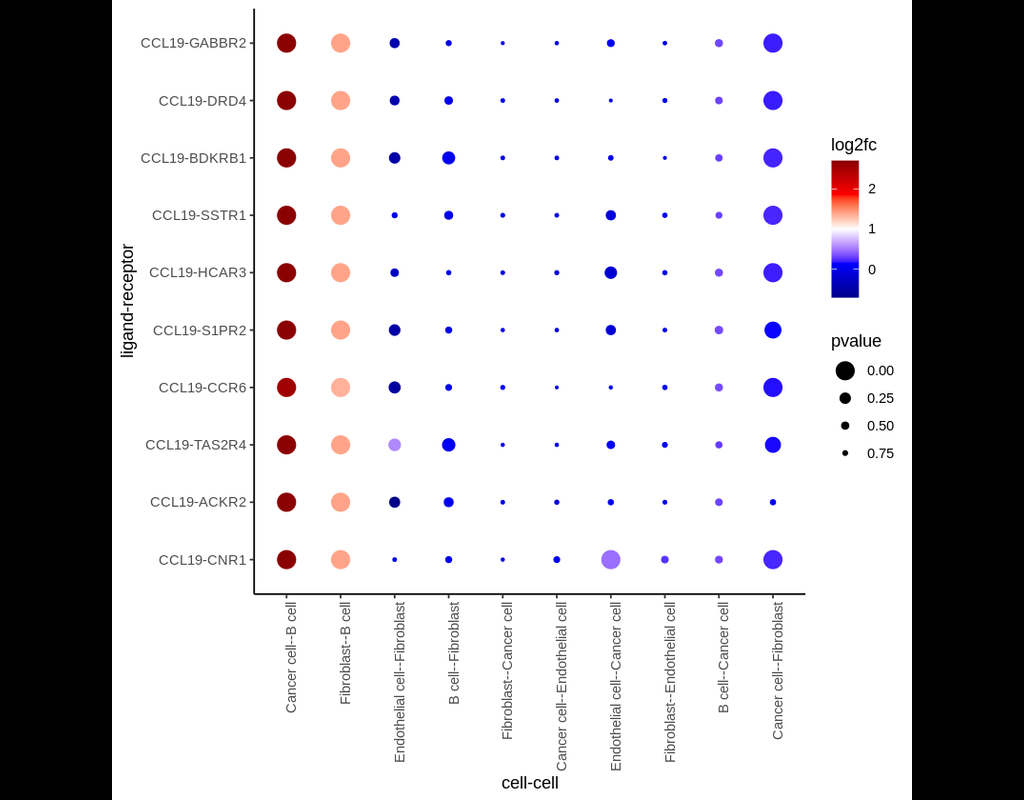Notebooks
Premium
Trends
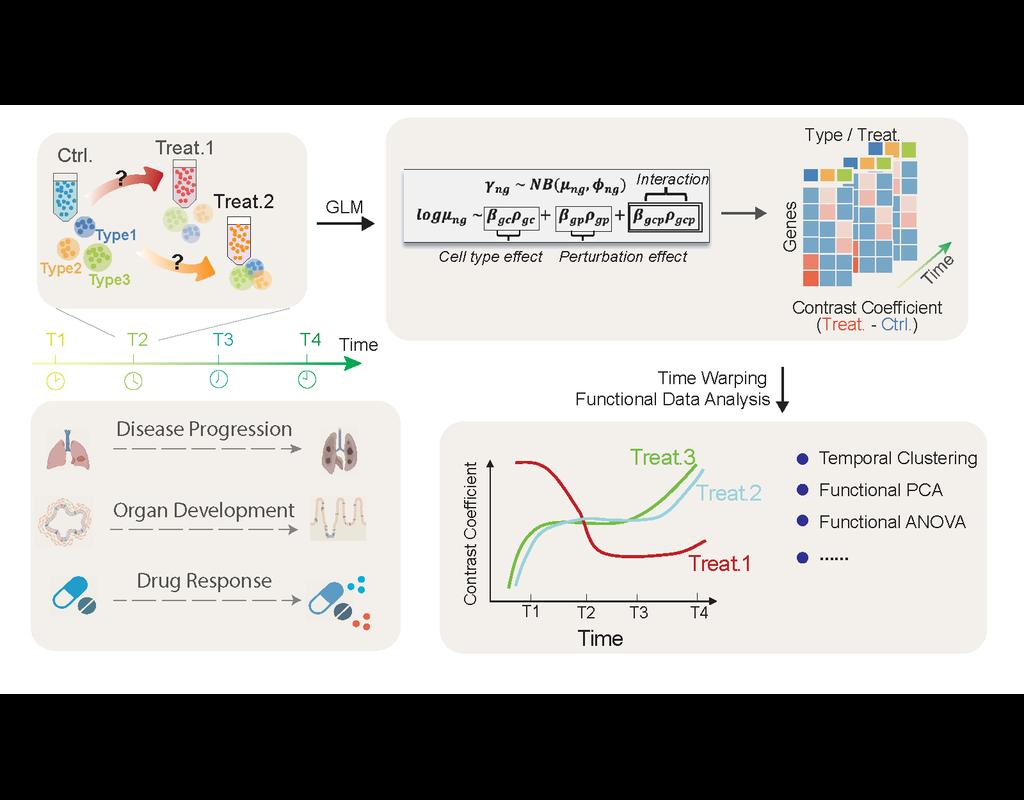
BioTuring
Perturbation effects on gene programs are commonly investigated in single-cell experiments. Existing models measure perturbation responses independently across time series, disregarding the temporal consistency of specific gene programs. We introduce(More)




